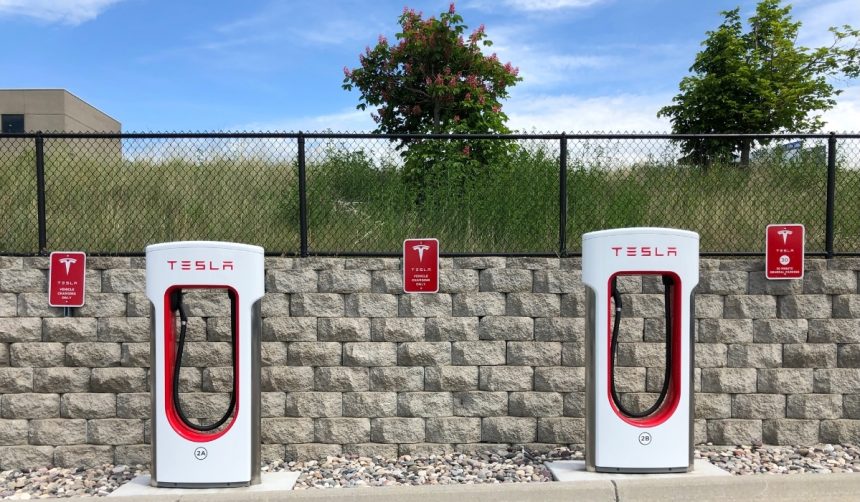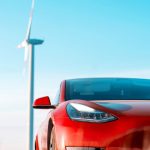Tesla has announced plans to construct a dedicated facility at Gigafactory Texas to focus on the large-scale manufacturing of Optimus, its humanoid robot project. While some initial production continues at the Fremont Factory in California, the new site marks a significant step toward industrial-scale output. The move comes as the company seeks to position Optimus not just as a pilot initiative, but as a major component of its manufacturing ambitions. Infrastructure work at the Texas site has already begun, signaling Tesla’s intent to launch production in 2027. Observers note this development as Tesla looks to automate tasks and leverage robotics in broader markets.
Earlier announcements presented Optimus as a concept with limited pilot runs in Fremont, with production forecasts much lower than current estimates. Recent updates show Tesla has sharply increased anticipated production capacity, now targeting an ambitious 10 million units per year in Texas. In contrast to initial skepticism about application and scale, the latest developments highlight a firmer commitment to Optimus as a flagship project. Construction activities and logistical groundwork at Giga Texas indicate that Tesla’s timeline has shifted from experimental stage to long-term industrial planning.
What Will the New Giga Texas Facility Produce?
The new facility will be primarily dedicated to the Optimus humanoid robot, aiming to reach annual production volumes beyond anything previously established in the robotics sector. CEO Elon Musk has outlined expectations to produce up to 10 million units each year at the location, which would outpace earlier plans for one million units per year in Fremont.
“I think there could be tens of billions of Optimus robots out there. Um, now obviously it’s very important we pay close attention to safety here,”
Musk said, emphasizing both scale and safety concerns.
How Is Tesla Preparing for Mass Production?
Groundwork at Gigafactory Texas has started, with construction crews leveling and clearing land for the new building. These preparations follow the recent shareholder meeting, where Tesla revealed its projected production numbers and timeline. The company plans to continue producing some Optimus units in Fremont until the Texas plant is operational. Industry observers note that this gradual increase allows for iterative improvements to the Optimus design before entering full-scale manufacturing.
What Impact Might the Optimus Project Have?
Tesla’s Optimus robot project aims to automate repetitive and routine tasks, offering potential shifts in both manufacturing and service sectors. Musk indicated a long-term vision:
“Then a 10 million unit uh per year production line here the I don’t know where we’re going to put the 100 million unit production line. on Mars. Maybe on Mars, I don’t know.”
While full societal impact remains to be seen, initial production goals suggest Tesla intends Optimus to play a central role in its growth strategy alongside vehicles and energy solutions.
Scaling robotic production to millions of units annually presents both technical and logistical challenges, and Tesla’s approach will likely inform how other manufacturers pursue similar projects. For stakeholders and potential users, monitoring real-world pilot deployments and learning from Tesla’s transition from Fremont to Texas will provide early indicators of future developments. Those interested in automation should watch for production ramp-up milestones, as they can signal readiness for mass adoption.
- Tesla starts new Optimus robot facility at Giga Texas for mass production.
- Annual output targets 10 million units, with operations beginning in 2027.
- Facility’s progress could influence robotics industry manufacturing trends.









